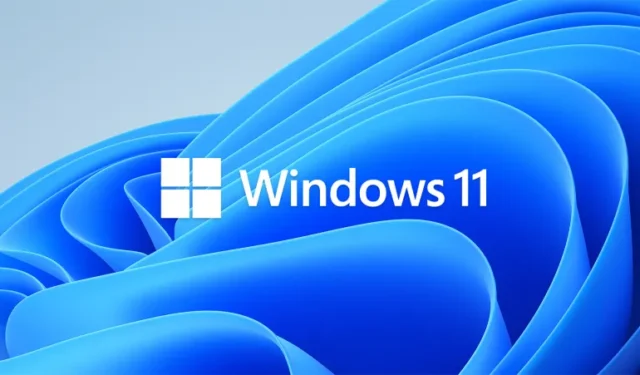Windows 11 KB5046696 Hotpatch Update for 24H2: No Reboot Required

The recent Windows 11 KB5046696 update is specifically designed for the Windows 11 24H2 Enterprise edition. Unlike typical monthly updates, this particular one introduces the innovative “hotpatch” method, allowing for enhancements without necessitating a system reboot. It appears that this release’s primary focus is on testing the hotpatch functionality rather than implementing new features.
Hotpatching has been an integral feature of Windows Server for the last two years, and Microsoft is now extending this capability to the Windows 11 24H2 version, albeit for the Enterprise LTSC edition only at this time.
In our analysis, Windows Latest confirmed that KB5046696 (OS Build 26100.2240) exclusively applies to the Windows 11 Enterprise LTSC 2024 (24H2) and operates without requiring a restart. In an official support document, Microsoft stated that “KB5046696 introduces various security improvements to the internal functionalities of the OS.”
However, specifics about what changes have occurred remain undisclosed by Microsoft. It’s also noteworthy that the servicing stack update (SSU) associated with your OS will be updated alongside the hotpatch.
Upon testing the update, I did not observe any significant alterations, but the most remarkable aspect was that it was installable without needing to restart the system.
Upon checking for updates, I found the “November 19, 2024—Hotpatch public preview KB5046696” ready for download. The installation proceeded automatically when I returned to the Windows Update page, and no system reboot was prompted during the process; the update completed seamlessly in the background.
The Potential of Hotpatching in Windows Updates
Is hotpatching the future of Windows updates? It’s a possibility, but it does have limitations, as this approach is not applicable to every update type. Microsoft is likely to reserve hotpatching primarily for defending against cybersecurity threats and addressing minor security vulnerabilities, all while minimizing disruptions to user activities.
So, how does hotpatching function? As per the documentation utilized by Windows Latest, hotpatching modifies the in-memory code of currently running processes, enabling Windows to continue operating during updates. This method does not interrupt applications or ongoing processes; however, it requires a foundational update.
This foundational update typically refers to a monthly cumulative update for Windows 11, which still necessitates a reboot. Hotpatching is structured around this monthly cumulative framework. Subsequent minor updates released after the foundational update (typically on Patch Tuesday) will be based on the hotpatching mechanism, eliminating the need for a system restart.
Nevertheless, major updates or critical unanticipated fixes are likely to still require conventional updates accompanied by a system reboot.
It remains uncertain when hotpatching will be made available for consumer versions of Windows 11, as Microsoft is currently concentrating its efforts on Enterprise and Windows Server editions.
What are your thoughts on the hotpatching concept? Share your opinions in the comments below.


Leave a Reply